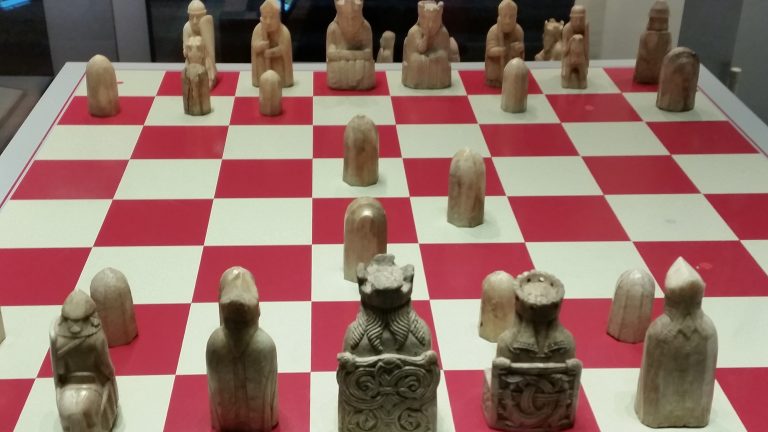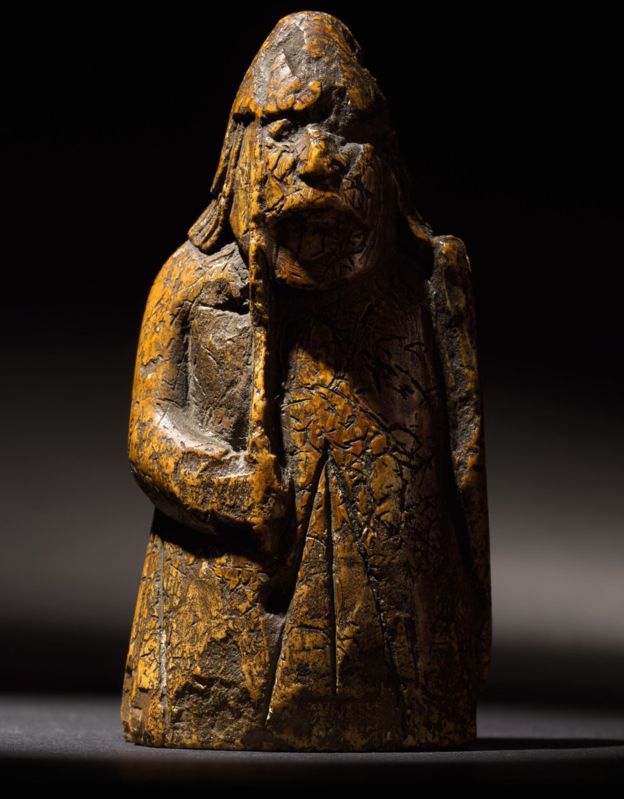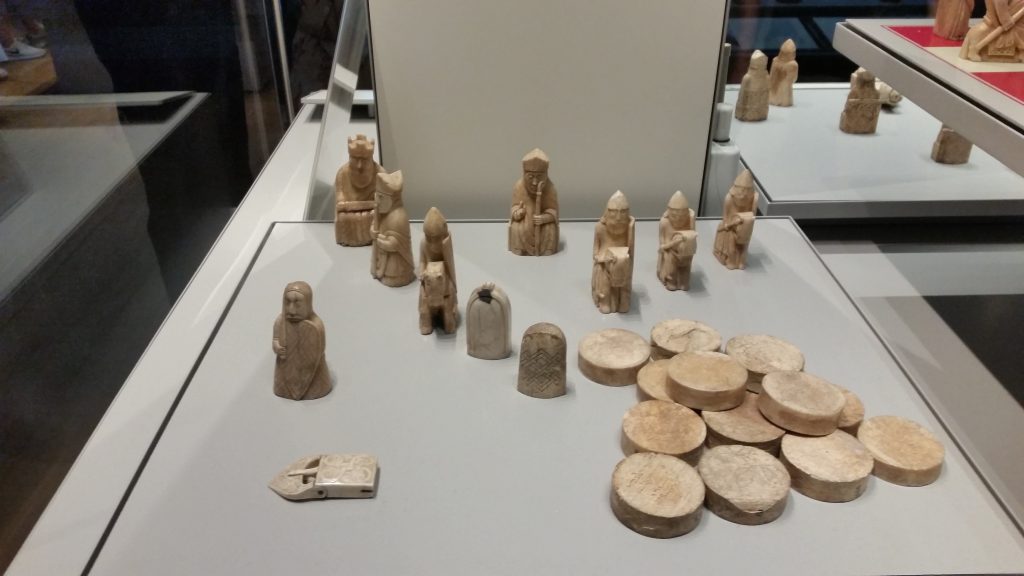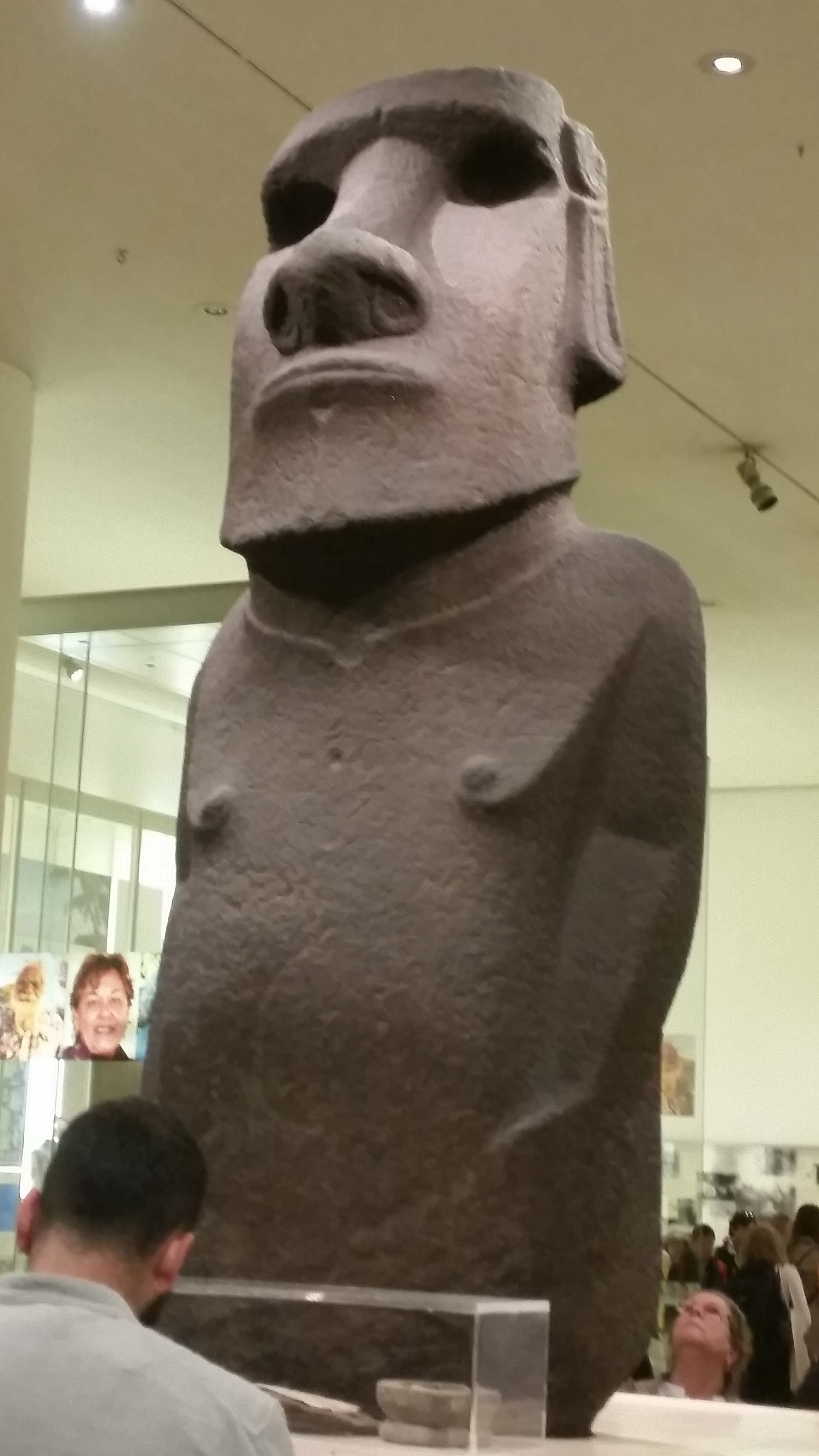The Mystery of the Famous Lewis Chessmen


This chess piece has spent years wrapped in a paper bag, hidden away in a drawer. The current owner’s late father had been an antique dealer. He purchased the well-worn ivory in 1964 for £5, apparently unaware of its true identity. The late owner’s wife believed the chess piece had “almost magical qualities.”
The famed game piece is expected to fetch £ 1,000,000. So…maybe it does?!
Check your drawers and attics, readers! There are still 4 missing pieces.


The Lewis Chessman are among the biggest draws at both the British Museum and Edinburgh’s National Museum of Scotland. I can vouch for their popularity. At the British Museum, these guys had their own docent assigned to the display!
The only other item that had its own docent was an Easter Island statue (see below).


Thanks for stopping by for #HistoryThursday where I like to celebrate all things big and small, known and barely known in history.
Cheers to you, Reader!
~Gina
Fascinating…I hope they find all the pieces of/for the chess set….just to finish it…love history
So interesting – love the finds from the past, gives me the chills!